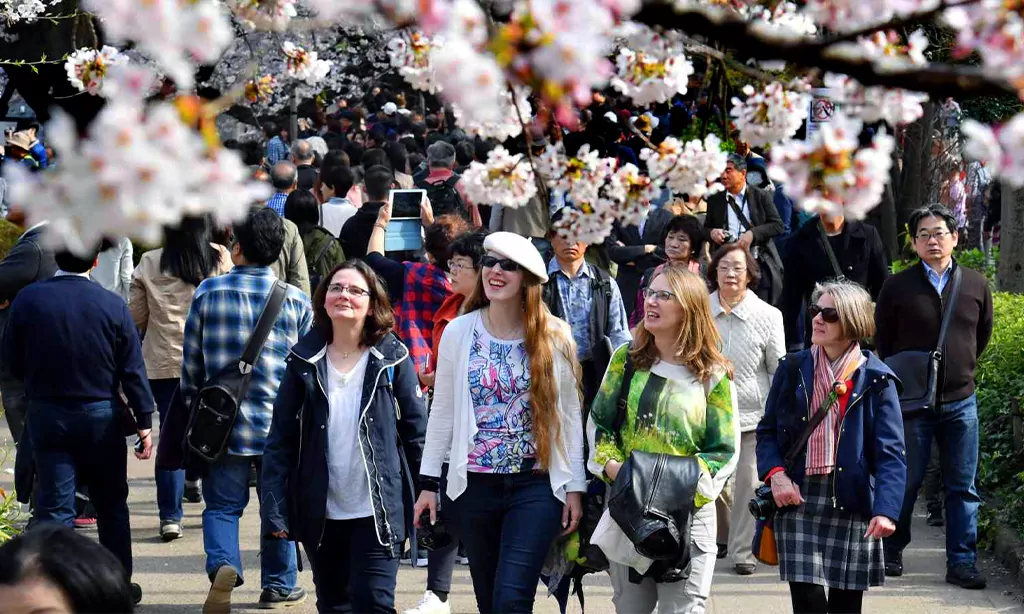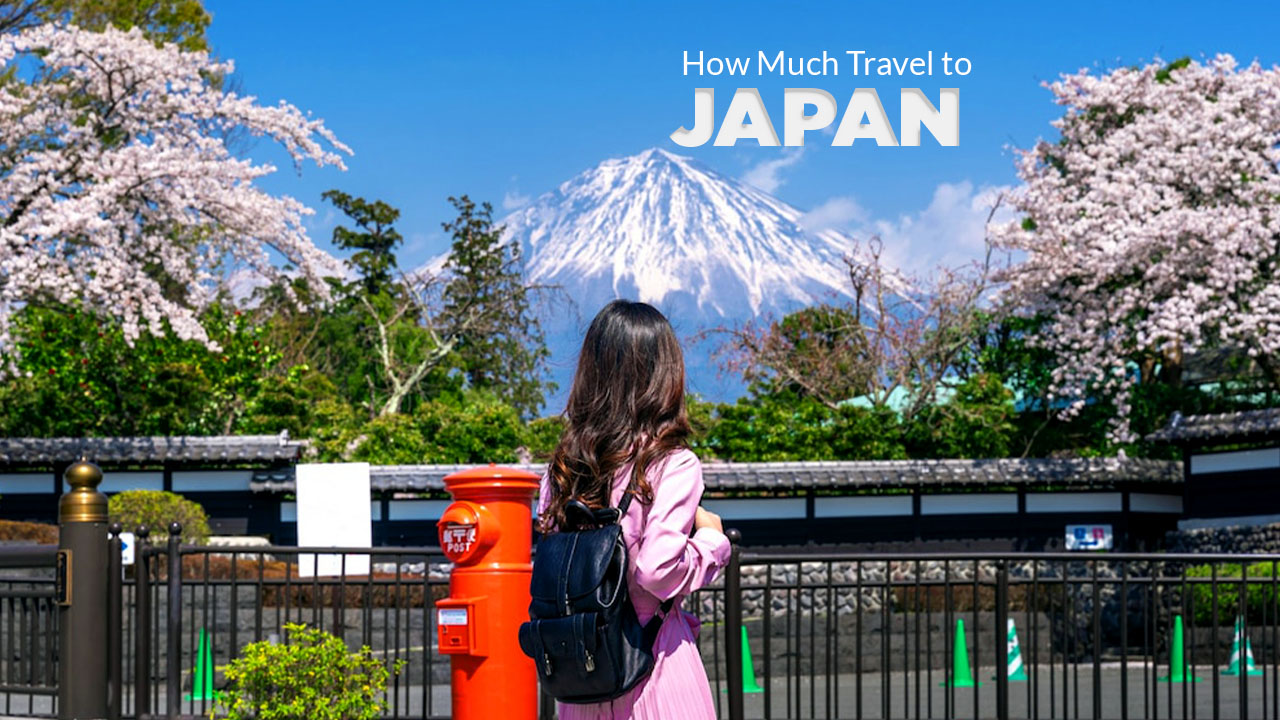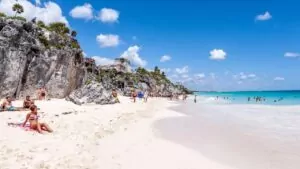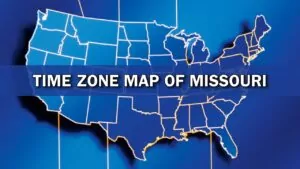Japan is experiencing an unprecedented tourism boom, drawing millions of international visitors with its blend of ancient culture, cutting-edge cities, and natural wonders. But for many travelers, the question remains: how much travel to Japan actually costs in 2025, and what should you expect when budgeting your dream trip?
This comprehensive guide explores current travel costs, the factors driving Japan’s popularity, recent events shaping the travel experience, and the latest statistics to help you plan a memorable and affordable adventure.
How Much Travel to Japan: The Big Picture
Japan is often perceived as an expensive destination, but recent trends—including a favorable exchange rate for many foreign currencies—have made it more accessible than ever. In 2025, the average cost for a one-week trip to Japan ranges from $1,225 to $2,370 for a solo traveler, depending on your travel style and preferences. Luxury travelers can expect to spend upwards of $3,500 for a week, while careful budgeters can still enjoy Japan for less than $100 a day.
The Surge in Tourism: Context and Recent Events

Japan’s Post-Pandemic Tourism Boom
After reopening its borders in late 2022, Japan’s tourism sector rebounded faster than almost any other country. By 2024, Japan shattered its all-time record with 36.9 million international visitors, and forecasts for 2025 predict arrivals will exceed 40 million—a historic high. This surge is driven by a weak yen (making Japan more affordable for many foreign visitors), pent-up travel demand, and a global fascination with Japanese culture, food, and technology.
Impact of Overtourism
The influx of tourists has led to both opportunities and challenges. Popular destinations like Tokyo, Kyoto, and Osaka are thriving, but the sheer volume of visitors has prompted concerns about overtourism. Certain districts in Kyoto have restricted access to protect local residents and cultural heritage, while iconic sites such as Mount Fuji have introduced higher fees and new regulations to manage crowds and preserve the environment. These changes are part of a broader effort to balance tourism growth with sustainability and local well-being.
The Weaker Yen and Its Impact
A weaker yen has made Japan more affordable for many international visitors, especially those coming from the US, Europe, and Australia. However, the increased demand during peak seasons—such as cherry blossom time and major festivals—means prices for flights and hotels can climb quickly.
Major Events in 2025
Several high-profile events are further fueling travel interest:
- Osaka Expo 2025 (April 13 – October 13): A world exposition expected to attract millions of visitors.
- Cherry Blossom Season (March–April): Always a magnet for international travelers, with over 4 million visitors per month anticipated during peak bloom.
- Golden Week (April 29 – May 6): A cluster of national holidays when both domestic and international tourism peaks.
- Formula One Grand Prix in Suzuka (April 6) and other cultural festivals add to the vibrant calendar.
How Much Travel to Japan: Cost Breakdown for 2025
Average Daily and Trip Costs
The cost of travel to Japan depends on your travel style, itinerary, and preferences. Here’s a breakdown based on recent data and traveler experiences:
| Expense Category | Budget Traveler (USD) | Mid-Range Traveler (USD) | Luxury Traveler (USD) |
| Daily Cost (per person) | $50–$100 | $150–$250 | $300+ |
| 1-Week Trip | $1,200–$3,000 | $2,500–$5,000 | $7,000+ |
| 2-Week Trip | $3,000–$6,000 | $4,000–$7,000 | $10,000+ |
Cost Components
- Flights (Round Trip): $600–$1,200 (from North America/Europe)
- Accommodation (Per Night): $20–$500 (hostels to luxury hotels)
- Food (Per Meal): $5–$30 (budget to mid-range)
- Public Transportation: $1.50–$5 per trip; intercity trains and buses vary widely
- Activities & Entrance Fees: $2–$50 per day, depending on itinerary
Example Itinerary Budgets
| Trip Length | Budget Traveler | Mid-Range Traveler | Luxury Traveler |
| 3 Days | $200–$400 | $500–$900 | $1,200+ |
| 1 Week | $1,200–$3,000 | $2,500–$5,000 | $7,000+ |
| 2 Weeks | $3,000–$6,000 | $4,000–$7,000 | $10,000+ |
Detailed Cost Breakdown
Flights
- Round-trip airfare varies by season and origin but averages $600–$1,200 from the US or Europe.
- Booking in advance and being flexible with dates can yield better deals.
Accommodation
- Hostels/Capsule Hotels: $20–$50 per night
- Business Hotels: $50–$100 per night
- Mid-Range Hotels: $100–$200 per night
- Luxury Hotels/Ryokan: $300–$500+ per night
Food
- Convenience Store Meals: $3–$7
- Budget Restaurants: $5–$15
- Mid-Range Dining: $20–$50 per meal
- Fine Dining: $100+ per person
Transportation
- Local Metro/Bus: $1.50–$5 per ride
- Japan Rail Pass: Previously a must for tourists, but prices increased by ~70% in 2023. Now, a two-week JR Pass costs about $450, and may not always be the best value.
- Intercity Trains: Tokyo–Kyoto by Shinkansen: ~$120 one-way
- Long-Distance Buses: Cheaper but slower; Tokyo–Kyoto: ~$30–$50
- Taxis: Expensive, best for short distances or late-night travel
Activities and Sightseeing
- Temples, Shrines, Parks: Free–$10
- Theme Parks (e.g., Disneyland): $60–$80 per day
- Cultural Experiences: Sumo, tea ceremonies, etc., $20–$100
Miscellaneous
- SIM/eSIM for Data: $10–$50 for trip duration
- Souvenirs, Shopping: Highly variable
Sample Daily Budget Table
| Category | Budget ($) | Mid-Range ($) | Luxury ($) |
| Accommodation | 30 | 100 | 300 |
| Food | 15 | 40 | 100 |
| Transportation | 10 | 20 | 50 |
| Activities | 10 | 30 | 100 |
| Miscellaneous | 5 | 10 | 50 |
| Total/Day | 70 | 200 | 600 |
Key Trends and Events Affecting Travel Costs

- Tourism Boom: Record visitor numbers in 2025, especially during cherry blossom season and the Osaka Expo, have driven up demand and prices for accommodation and flights.
- Rail Pass Price Increase: The 2023 hike in JR Pass prices means many travelers now save money by booking individual tickets instead of the national pass.
- Weaker Yen: The yen’s decline against the dollar and euro has made Japan more affordable for many international visitors, despite some local price increases.
- Sustainability Measures: Some destinations (like Kyoto’s Gion district and Mount Fuji) have introduced higher fees or restrictions to manage crowds and protect local culture.
Why Travel to Japan Is More Popular Than Ever
Key Trends for 2025
- Record Visitor Numbers: Over 10.5 million arrivals in the first three months of 2025 alone, the fastest pace ever.
- Peak Seasons: Cherry blossom season (March–April) and autumn foliage (October–November) are especially busy, with hotel prices and flight costs rising accordingly.
- Regional Tourism: More travelers are exploring beyond Tokyo and Kyoto, visiting rural regions and lesser-known destinations, encouraged by government campaigns and infrastructure improvements.
- Luxury and Experience-Focused Travel: Demand for high-end accommodations and unique experiences (e.g., private tea ceremonies, traditional ryokan stays) is rising.
- Sustainability: Growing interest in eco-friendly travel options and responsible tourism.
Overtourism and Management Measures
- Mount Fuji: Climbing fees doubled to 4,000 yen in 2025 to control crowds and fund conservation.
- Kyoto’s Gion District: Restricted access to certain streets to protect residents and cultural assets.
- Kamakura and Other Hotspots: Increased security and crowd management to handle surges in visitors.
Essential Tips for Saving on Travel to Japan
- Travel Off-Peak: Avoid cherry blossom season and Golden Week for lower prices and fewer crowds.
- Book Early: Flights and hotels fill up quickly during peak seasons.
- Use Regional Passes: Instead of a national JR Pass, consider local or regional rail passes for better value if you’re focusing on one area.
- Eat Like a Local: Convenience stores and small eateries offer delicious, affordable meals.
- Stay in Hostels or Capsule Hotels: Great for solo travelers or those on a budget.
- Explore Lesser-Known Regions: Not only cheaper but also less crowded and more authentic.
Frequently Asked Questions: How Much Travel to Japan?
Is $100 a day enough for Japan?
Yes, $100 per day is feasible for budget travelers who use hostels, eat at inexpensive places, and rely on public transportation. However, it requires careful planning and may not cover expensive attractions or extensive intercity travel.
Is $5,000 enough for a two-week trip?
Absolutely. $5,000 covers flights, mid-range hotels, meals, transportation (including a rail pass), and sightseeing for 1–2 weeks, with room for some luxury experiences.
How much does a family or group trip cost?
A family or group can expect to pay $1,000–$10,000+ depending on size, travel style, and itinerary. Group discounts on accommodations and transport can help reduce costs per person.
What about solo travelers?
Solo travelers can expect to spend $2,500–$3,500 for a two-week trip, with costs varying based on accommodation choices and activities.
Japan Travel Cost Statistics at a Glance
| Statistic | Value/Range |
| International visitors in 2025 (projected) | 40+ million |
| Visitors in first 3 months of 2025 | 10.5 million |
| Average daily spend (mid-range, excl. flight) | $110–$150 |
| 1-week trip cost (per person) | $1,200–$3,000 (budget–mid-range) |
| 2-week trip cost (per person) | $3,000–$6,000 (budget–mid-range) |
| Round-trip flight (US/EU–Japan) | $600–$1,200 |
Takeaways
If you’re asking how much travel to japan costs in 2025, the answer is: it depends on your travel style, but most travelers spend between $1,225 and $3,000 for a week, or $3,000 to $6,000 for two weeks, excluding luxury splurges. Japan is no longer the prohibitively expensive destination it once was—thanks to favorable exchange rates and a range of accommodation and dining options, it’s accessible to budget, mid-range, and luxury travelers alike. Careful planning and flexibility can help you make the most of your budget and enjoy everything Japan has to offer.
So, when you’re ready to plan your adventure, remember to ask yourself: how much travel to japan fits your dream trip—and use this guide to make it a reality.





























